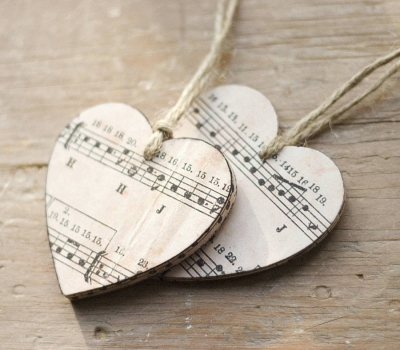Welcome to our forum. A Message To Our New and Prospective Members . Check out our Forum Rules. Lets keep this forum an enjoyable place to visit.
Currently working on errors from the latest (SimplePress) forum update. Many issues have been resoled and others are being worked on. Thank you for your patience.
 Topic RSS
Topic RSS



 (6 votes)
(6 votes) Regulars
 Offline
Offline








Regulars
 Offline
Offline






Regulars










Hmmm...never seen that before.
The key of D major must be relevant to it, though, because of the numbering that we can see.
It skips numbers between E (20) & F(22), & between B(16) & C(18), so I'm guessing the F & C we see are both sharp (so that F natural=21 & C natural=17). Also, counting downward in the same pattern comes to 1 = D.
(Bolded notes we see):
G – 23
F ♯ – 22
(F– 21)
E – 20
D – 19
C ♯ – 18
(C-17)
B – 16
A – 15
G – 14
F ♯ – 13
(F – 12)
E – 11
D – 10
C ♯ – 9
(C - 8)
B – 7
A – 6
G – 5
F ♯ – 4
(F – 3)
E – 2
D – 1
Okay, that's all I got--no closer to the answer, I guess. 
Characterize people by their actions and you will never be fooled by their words.
Regulars
 Offline
Offline






Regulars







Regulars
 Offline
Offline






Regulars
 Offline
Offline








THANK YOU ALL!
I STILL don't know what this is for, but was guessing it might have to do with pipe organs or something I'm not familiar with.
So, duh, I went to music symbols at Wikipedia.
Closest I can find is "Prime" and "Harmonic series" notation!
https://en.wikipedia.org/wiki/.....es_(music)
From Wikipedia, this image is based on Extended Just Intonation, by Ben Johnston.

Supposedly, natural Horns use the Harmonic Series notes - not seeing numbers in notation, though.
Checked Pipe Organ, Zithers & Harpsichord, Medieval, Hand Bells, Tubular Bells, Vibraphone, etc... NOPE.
My hair started to stand up on the back of my neck - felt like this was almost leading me to Bernstein's, "The Greatest 5 minutes in Music Education". 🙄 (lol)
BUT THESE NUMBERS/NOTES AREN'T THE SAME AS IN THE OP PHOTO!
Why notate them?
...and how is the notation useful? I still have no idea.
Almost thought this might be a topic for a "Music Theory" thread! 🤣
All the "Numbered" musical notation I've found, so far (done looking), does NOT use any numbers in the double digits.


 Log In
Log In Register
Register



















